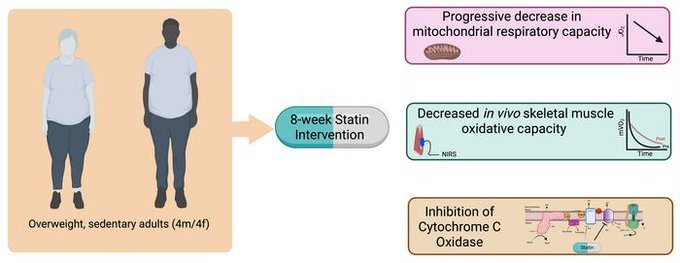1/8 Please don't be fooled. There is no such thing as a statin “side effect”. Statin toxicity is a direct and predictable effect of blocking mevalonate by inhibiting the enzyme HMG-CoA Reductase, which makes it. /2
2/8 Statin poisoning is a sign that certain cells cannot mutate by increasing reductase to overcome the direct cell toxic effect of the Mevalonate blockade of Statins. Pharmaceutical companies knew this back in 1980. /3
3/8 The Journal of Biochemical Chemistry reported that when HMG-CoA Reductase is inhibited by Statins, Mevalonate formation is blocked and cultured cells DIE. Every Statin user is a victim of this process. /4
4/8 Cholesterol is so vital to life that, when needed, cells almost instantly obtain it in two ways: Cells “make it” from scratch via the Mevalonate pathway Cells “take it” from the blood in ready made form /5
5/8 As well as being a fundamental building block of cell membranes, Cholesterol plays a key role in maintaining their lipid organisation and biophysical properties, and is crucial for the function of proteins located in the plasma membrane.
6/8 Importantly, Cholesterol and other Mevalonate derivatives are absolutely essential for cell cycle progression, and their deficiency blocks different steps in the cycle. Cholesterol provides support for cell membranes and is converted by cells into life-essential hormones /7
7/8 such as Testosterone, Progesterone, Aldosterone, Cortisol and Vitamin D. When it is needed there can be no time to lose. Statins inhibit this by their Mevalonate blockade. The biochemicals necessary for good health and cell survival are lost when you ingest a Statin drug.
8/8 To add insult to injury, statins elicit a striking progressive decline in skeletal muscle mitochondrial respiratory capacity. In case you'd forgotten, your heart is a muscle ! 

• • •
Missing some Tweet in this thread? You can try to
force a refresh




